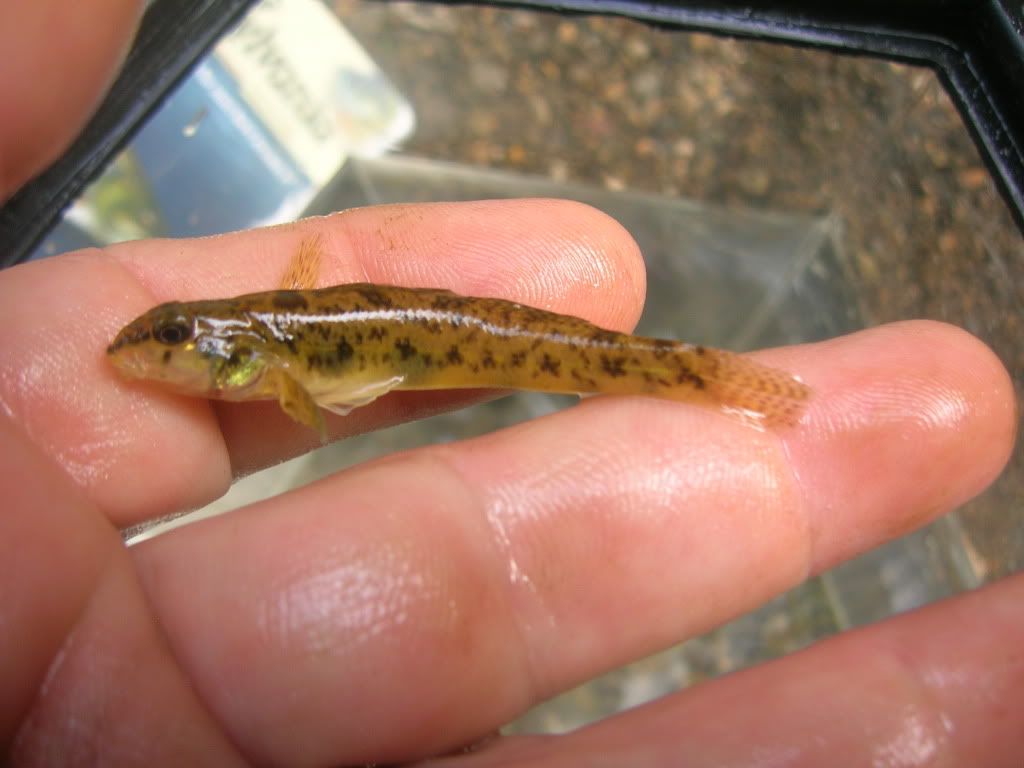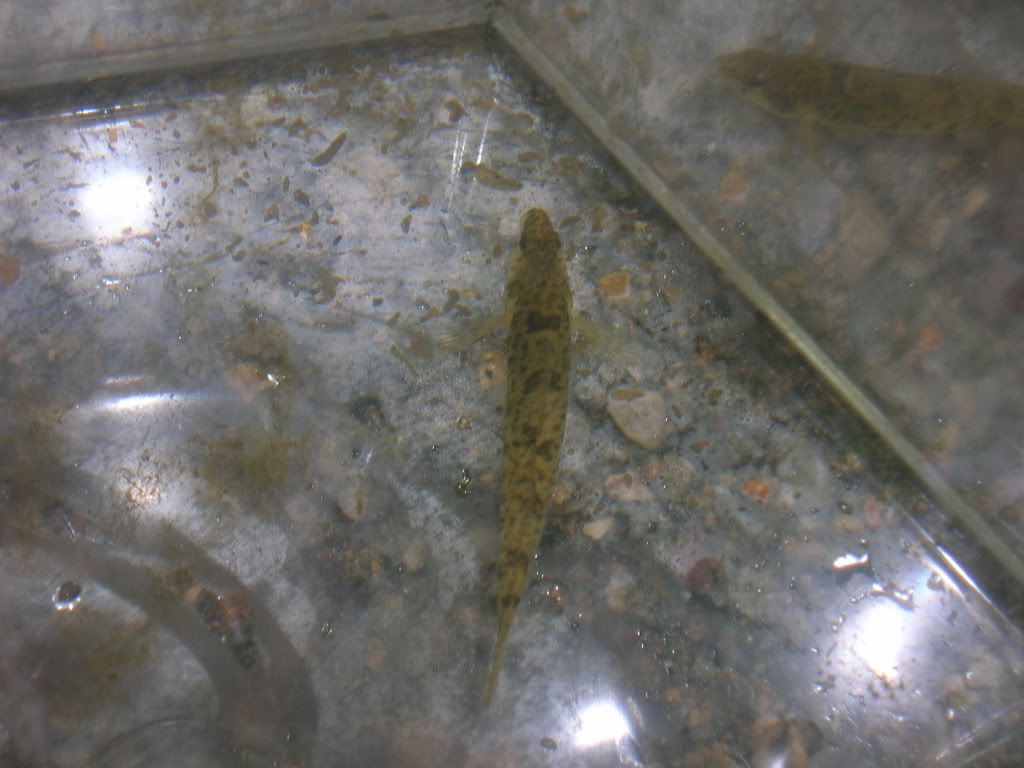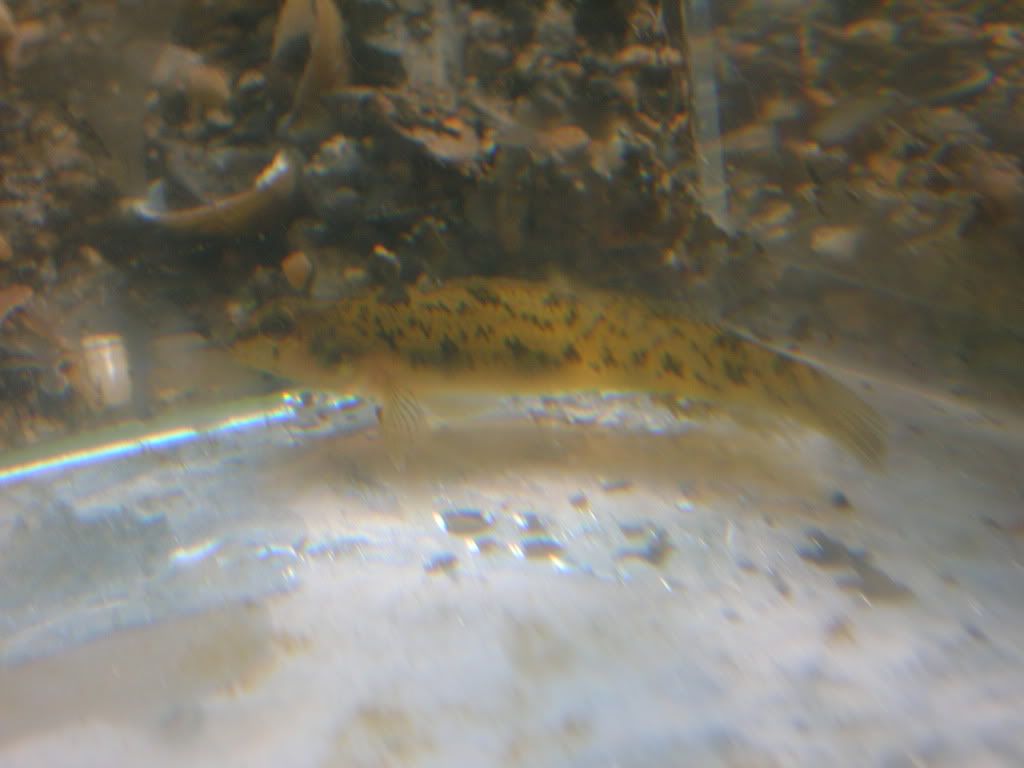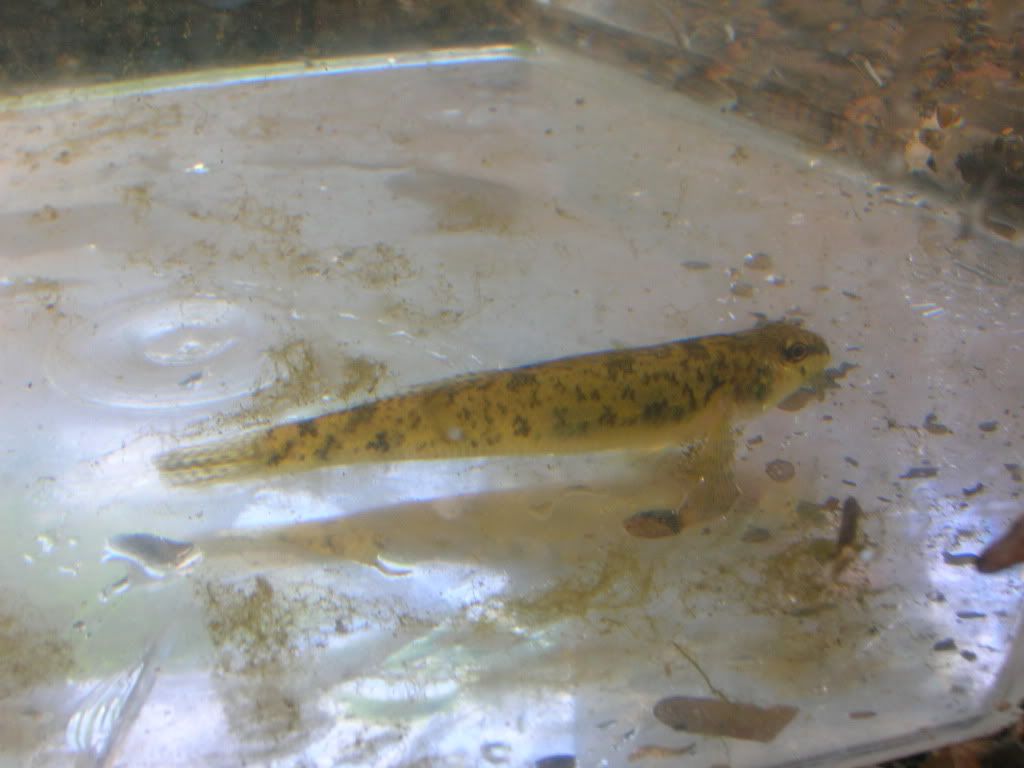Not sure where you are getting your info from, but johnny darters aren't found in the Susquehanna drainage, just tessellated.
Im in the delaware drainage not the susquehanna. I was emailed a list of species for the jordan & little lehigh creeks from the PA fish commission. The fish I had was collected at the confluence of these two streams about 2 miles from where the little lehigh flows into the lehigh river which then flows to the delaware river. Heres the lists I was emailed.
Table 1. Fish collected from Jordan Creek between lower river mile of 0, and upper river mile of 30. A total of 17 site(s) (n) used in this report with site collection dates between 9/7/1976 and 5/4/2009.
Common name Scientific name
American Eel Anguilla rostrata
Banded Killifish Fundulus diaphanus
Blacknose Dace Rhinichthys atratulus
Bluegill Lepomis macrochirus
Bluntnose Minnow Pimephales notatus
Brown Bullhead Ameiurus nebulosus
Brown Trout Salmo trutta
Comely Shiner Notropis amoenus
Common Carp Cyprinus carpio
Common Shiner Luxilus cornutus
Creek Chub Semotilus atromaculatus
Creek Chubsucker Erimyzon oblongus
Cutlips Minnow Exoglossum maxillingua
Fallfish Semotilus corporalis
Golden Shiner Notemigonus crysoleucas
Goldfish Carassius auratus
Green Sunfish Lepomis cyanellus
Johnny Darter Etheostoma nigrum
Largemouth Bass Micropterus salmoides
Longnose Dace Rhinichthys cataractae
Margined Madtom Noturus insignis
Pumpkinseed Lepomis gibbosus
Rainbow Trout Oncorhynchus mykiss
Rainbow Trout - Hatchery Oncorhynchus mykiss
Redbreast Sunfish Lepomis auritus
Redfin Pickerel Esox americanus
Rock Bass Ambloplites rupestris
Satinfin Shiner Cyprinella analostana
Sea Lamprey Petromyzon marinus
Slimy Sculpin Cottus cognatus
Smallmouth Bass Micropterus dolomieu
Spottail Shiner Notropis hudsonius
Stonecat Noturus flavus
Tessellated Darter Etheostoma olmstedi
White Sucker Catostomus commersonii
-------------------
Table 1. Fish collected from Little Lehigh Creek between lower river mile of 0, and upper river mile of 25. A total of 79 site(s) (n) used in this report with site collection dates between 9/6/1977 and 7/21/2010.
Common name Scientific name
American Eel Anguilla rostrata
Banded Killifish Fundulus diaphanus
Blacknose Dace Rhinichthys atratulus
Bluegill Lepomis macrochirus
Bluntnose Minnow Pimephales notatus
Brook Trout Salvelinus fontinalis
Brook Trout - Hatchery Salvelinus fontinalis
Brown Bullhead Ameiurus nebulosus
Brown Trout Salmo trutta
Brown Trout - Hatchery Salmo trutta
Chain Pickerel Esox niger
Comely Shiner Notropis amoenus
Common Carp Cyprinus carpio
Common Shiner Luxilus cornutus
Creek Chub Semotilus atromaculatus
Creek Chubsucker Erimyzon oblongus
Cutlips Minnow Exoglossum maxillingua
Fallfish Semotilus corporalis
Fantail Darter Etheostoma flabellare
Fourspine Stickleback Apeltes quadracus
Golden Shiner Notemigonus crysoleucas
Goldfish Carassius auratus
Green Sunfish Lepomis cyanellus
Johnny Darter Etheostoma nigrum
Largemouth Bass Micropterus salmoides
Longnose Dace Rhinichthys cataractae
Margined Madtom Noturus insignis
Pumpkinseed Lepomis gibbosus
Rainbow Trout Oncorhynchus mykiss
Rainbow Trout - Golden Oncorhynchus mykiss
Rainbow Trout - Hatchery Oncorhynchus mykiss
Redbreast Sunfish Lepomis auritus
Redfin Pickerel Esox americanus
Rock Bass Ambloplites rupestris
Satinfin Shiner Cyprinella analostana
Sculpin Species Cottus
Shield Darter Percina peltata
Slimy Sculpin Cottus cognatus
Spotfin Shiner Cyprinella spiloptera
Spottail Shiner Notropis hudsonius
Swallowtail Shiner Notropis procne
Tessellated Darter Etheostoma olmstedi
White Sucker Catostomus commersonii








)